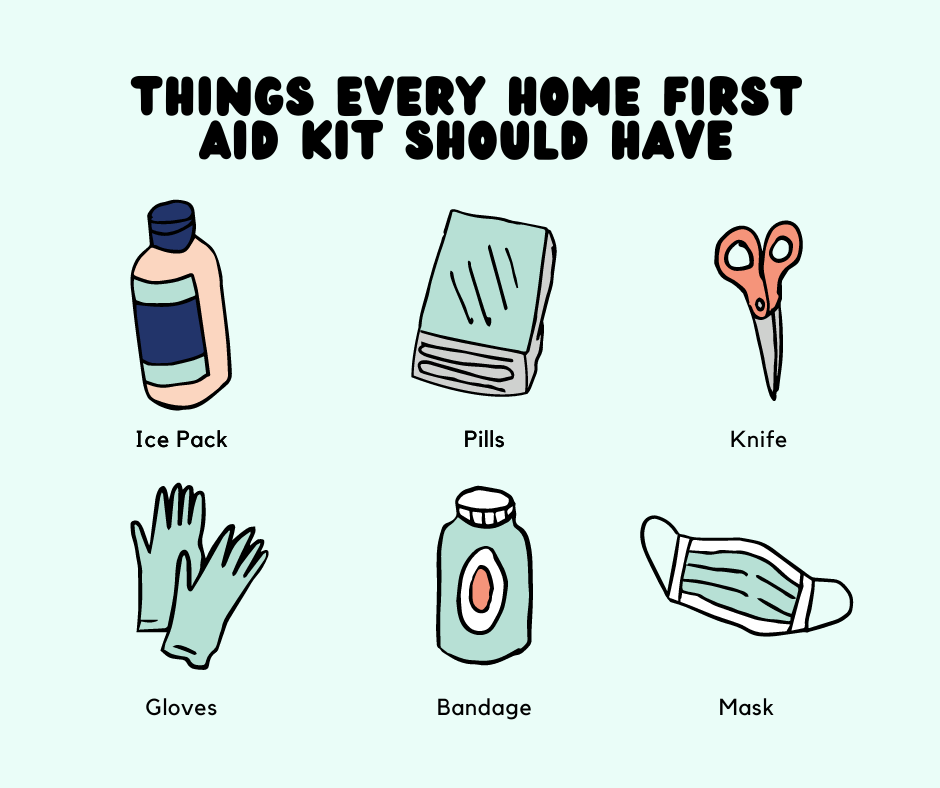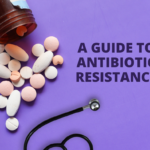

A first aid kit is a vital component of any home, as it can provide essential medical supplies in the event of an emergency. Having a well-stocked first aid kit can help you to treat minor injuries and illnesses, and it can even save lives in more serious situations. Here are some essential items that every first aid kit at home should have:
1. Adhesive Bandages
Adhesive bandages, also known as Band-Aids, are a must-have for any first-aid kit. They are perfect for covering minor cuts, scrapes, and burns, and can help to keep the wound clean and protected.
2. Sterile Gauze Pads
Sterile gauze pads are used to cover larger wounds or to absorb blood and other fluids. They are ideal for cleaning and dressing deep cuts or puncture wounds.
3. Medical Tape
Medical tape is used to keep bandages and gauze pads in place. It can also be used to create makeshift slings or splints in the event of a fracture.
4. Antiseptic Wipes or Solution
Antiseptic wipes or solutions are used to clean wounds and help prevent infection. They can be used to clean minor cuts, scrapes, or burns, and are an essential item in any first aid kit.
5. Disposable Gloves
Disposable gloves are used to protect the first aider from infection or contamination. They are essential when treating someone with an open wound or when handling bodily fluids.
6. Tweezers
Tweezers can be used to remove small foreign objects, such as splinters or glass, from the skin. They are also useful for removing ticks or other insects.
7. Instant Cold Pack
An instant cold pack is used to reduce swelling and relieve pain in the event of an injury. It can be applied to bruises, sprains, or strains to help alleviate discomfort.
8. Scissors
Scissors are useful for cutting gauze, tape, and other materials. They can also be used to cut clothing away from a wound or to remove tangled hair from a wound.
9. Pain Relievers
Pain relievers such as acetaminophen, ibuprofen, or aspirin can be useful in alleviating pain and reducing fever. They should be included in a first aid kit, but their use should be guided by a doctor’s prescription or recommended dosage.
10. Emergency Contact Information
Every first aid kit should include emergency contact information, such as the phone numbers of local emergency services, poison control, and family doctors.
Things to Remember
In addition to these basic items, other useful items to consider adding to a first aid kit include a thermometer, a breathing barrier device, a flashlight, and emergency blankets. It is also important to periodically check your first aid kit and regularly replace any expired or used items.
Conclusion
In conclusion, a well-stocked first aid kit is an essential item for any home. By including the basic items such as adhesive bandages, sterile gauze pads, medical tape, antiseptic wipes or solution, disposable gloves, tweezers, instant cold packs, scissors, pain relievers, and emergency contact information, you can be better prepared to handle common injuries and illnesses. Other useful items can also be added based on individual needs or specific health concerns. It is essential to ensure that your first aid kit is regularly checked and updated to ensure that it remains fully stocked and ready for use in case of an emergency.

